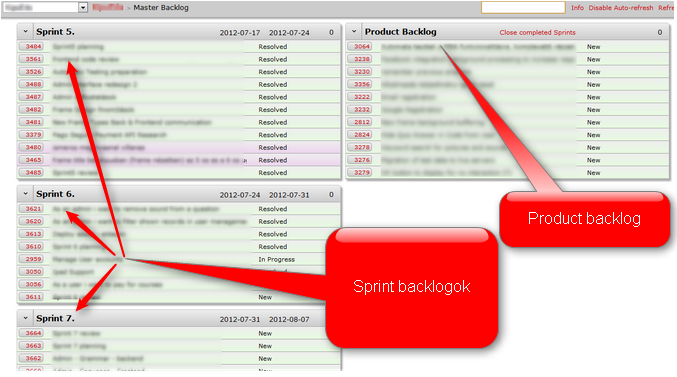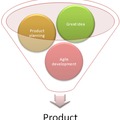The second part of the series, which follows the introduction after a quite long brake, about the role of the product owner in Scrum gives an insight into "user story" format and Redmine.
2. Specification
It is the duty of the Product Owner to collect and describe in detail all items of the product backlog. As we have mentioned earlier, the product backlog is a list where all features to be developed are collected (the product backlog refers to the whole project, the sprint backlog refers to a specific sprint). The more detailed and accurate the specification provided by the PO for the sprint planning, the faster and more effective will be the work.
When working in Scrum, we prefer to phrase requirements in the "user story" format. The benefit is that a user story is a high level, plain English description of a requirement or feature that doesn't require technological knowledge from the PO but clearly indicates the role and purpose of a feature in the whole project.
Typically a user story is phrased like this: "I, as a [role], want to [feature] so that [business benefit]"

The "so that" part of the story might seem strange at first, but it will eventually help the PO to prioritize tasks. Take the following two stories for example to see how the third part helps client decide business relevance: "I, as a buyer want to be able to pay with my credit card so that I can conveniently purchase the product" and "I, as a buyer want to save my searches so that later I can find them more easily". The Product Owner needs to realize that it is nice if the buyer can save the search but if there is no convenient payment option then there will be no conversion.
So the Product Owner writes user stories that will be detailed during sprint planning. It is the responsibility of the whole team to specify the acceptance criteria for each story. This might include technical details added by developers.
It is also important that the backlog document is available for each team member in a format that is always accessible and up to date.
We are using an online project administration tool called Redmine for keeping detailed, organized backlogs that are always accessible. The Product Owner is granted access to Redmine. At the beginning of each project, we support the PO in learning how to use Redmine. Adding new items, prioritizing items with drag and drop and adding details to stories is really easy in Redmine's user friendly interface.
This is how a backlog list looks in Redmine:

Using Redmine, the PO can always be up-to-date with the project, viewing the tasks developers are currently working on and the status of each user story. New feature requests and discovered bugs can be administered as well.
This leads us to the next role of the PO, which is testing and acceptance.





